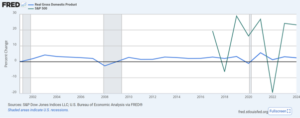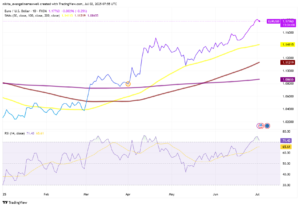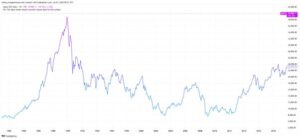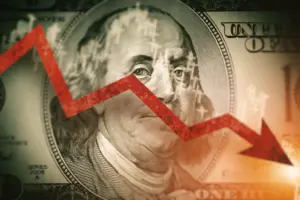The OECD’s March 2025 Interim Economic Outlook has painted a cautious picture of the global economy, warning that trade wars, higher inflation, and economic uncertainty could lead to slower growth. These concerns have driven gold prices to new record highs, reinforcing its status as a safe-haven asset.
Economic Growth Projections Lowered
According to the OECD, global economic growth is expected to slow to 3.1% in 2025, down from the previous 3.3% forecast, and further decline to 3.0% in 2026. The organization cites policy uncertainty and increasing trade restrictions as key reasons for this slowdown.
The report also revised the U.S. GDP growth forecast downward to 2.2% in 2025 and 1.6% in 2026, while Canada’s growth estimate dropped from 2.0% to just 0.7% due to expected tariff increases.
Inflation on the Rise
The OECD raised its inflation projections for G20 countries, now expecting 3.8% in 2025 and 3.2% in 2026. U.S. inflation was revised upward to 2.8%, with Canada potentially facing higher interest rate hikes compared to other OECD nations.
Trade Wars Fuel Market Instability
The OECD warned that rising inflation expectations and slower growth could trigger market volatility. Tariffs imposed by the Trump administration are likely to increase production and consumer costs, further pressuring the economy.
Gold has benefited from this uncertainty, reaching a record high of $3,038.35 per ounce before stabilizing at $3,036.42, reflecting strong investor demand for safe-haven assets.
What’s Next for Central Banks?
The OECD suggested that interest rate cuts should continue cautiously, provided that inflation expectations remain stable. However, for countries heavily affected by tariffs, fiscal policies should focus on debt sustainability rather than rapid rate cuts.
Conclusion: Gold as a Safe Haven in Uncertain Times
With rising trade tensions, slowing growth, and inflation concerns, gold is expected to remain a key hedge against economic uncertainty. Investors will closely watch the Fed’s interest rate decisions and future trade developments for further market direction.





